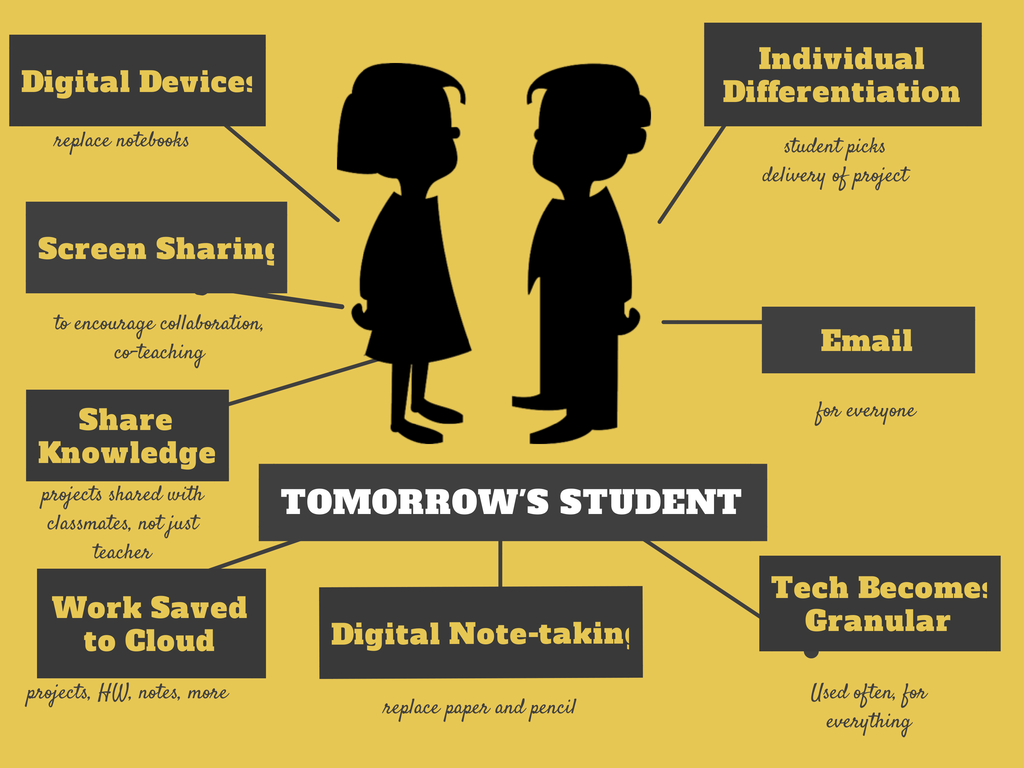Endangered Minds: Why Children Don’t Think And What We Can Do About It
My rating: 5 of 5 stars
I discovered Dr. Jane Healy’s Endangered Minds (Simon and Schuster 1987) researching a novel I was writing on early man. I wanted to better understand what parts of our brain show significant evolution since our species appeared (like the increasing size of the frontal lobe, the evolution of the Wernecke and Broca areas). I admit, part of it was also that I was a new mother and there are so many competing opinions about when kids should read, write, what they should learn when, I didn’t want to make a mistake and mess up my kids.
Somehow, I stumbled across Healy’s book and what a find it is. You can tell from the title that she’s not happy with the path education has taken, but approaches it as a scholar, using facts, figures, proofs to sustain her opinions rather than the emotional tag words that too many throw at us. She sets out to examine the reasons why kids show increasing difficulties with the skills of concentration and focus than kids, well, when I was young. She includes chapters like:
- Kids’ brains must be different
- Environment shapes intelligence
- Language changes brains
- Why can’t they pay attention: Sesame Street and the death of reading
Here are some of my favorite quotes:
- As American IQs have continued a moderate rise, scores on the Scholastic Aptitude Test have taken a major nosedive
- Before brain regions are myelineated, they do not operate efficiently. For this reason, trying to ‘make’ children master academic skills for which they do not have the requisite maturation may result in mixed-up patterns of learning
- In development it is now well known that there are certain times when an organism is ready to deal with certain stimuli
- …data support this real-life phenomenon of use it or lose it
- …a child’s early experiences with language have powerful long-term effects on school achievement
- …the amount of physical activity since the turn of the century has declined seventy-five percent
- American youngsters on average now spend more hours in front of the TV than at any other activity except sleeping
This is a well-written down-to-earth book that a layperson can understand. She uses appropriate words, but explains everything so the non-technical mind can get it. I highly recommend it for new parents, parents of ADHD children and teachers who want to understand the variety of their daily charges.
Jacqui Murray has been teaching K-18 technology for 30 years. She is the editor/author of over a hundred tech ed resources including a K-12 technology curriculum, K-8 keyboard curriculum, K-8 Digital Citizenship curriculum. She is an adjunct professor in tech ed, Master Teacher, webmaster for four blogs, an Amazon Vine Voice, CSTA presentation reviewer, freelance journalist on tech ed topics, contributor to NEA Today, and author of the tech thrillers, To Hunt a Sub and Twenty-four Days. You can find her resources at Structured Learning.





































isn’t “stumbling across” books serendipitous! I am currently reading, among others, a fascinating book called Proust and the Squid by Maryanne Wolf which talks about the history and neuroscience of reading. I “stumbled across” it while reading something else. Once again, positive gestalt additions! I’ll add Endangered Minds to my list, thank you.
What a great name. I’ve never heard of the book, but the topic is exciting. Thanks for dropping by!